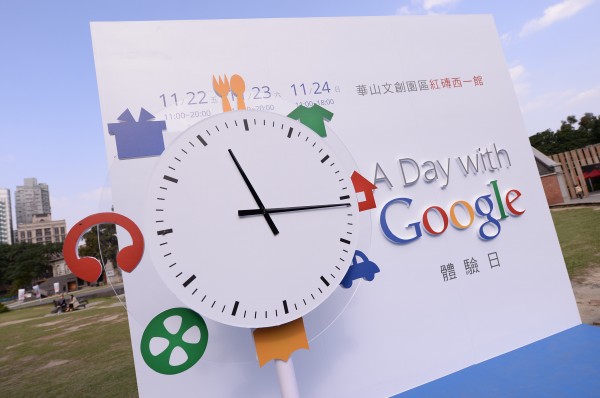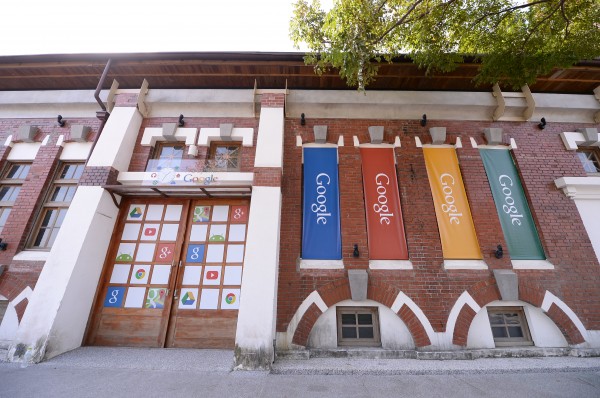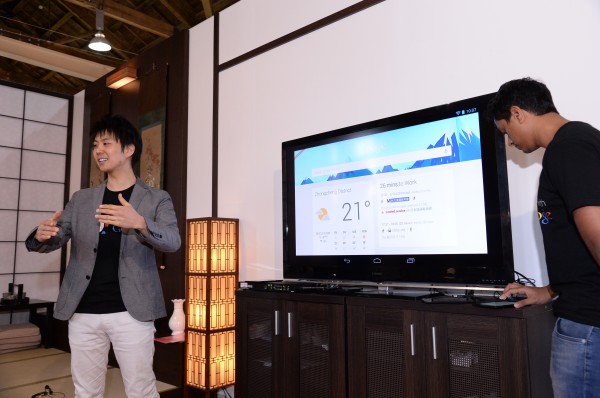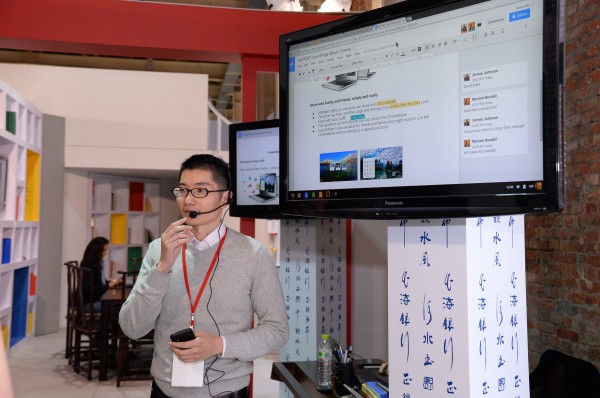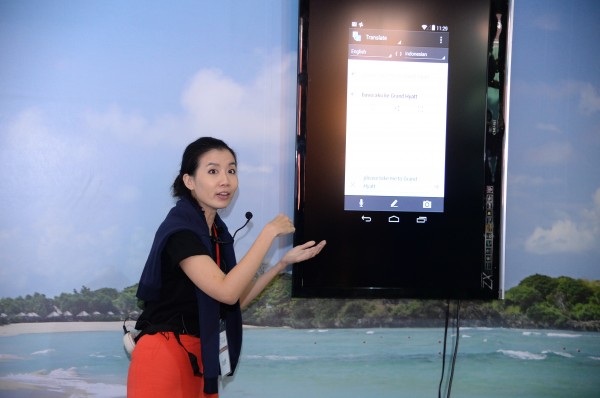Unless you’re the worst kind of Luddite – unconnected, quill-wielding – you probably can’t escape using any of Google’s products and services on any given day.
Actually, you can spend an entire day using a lot of Google stuff, from the time you wake up to the time you snooze, going by what I saw at a Google-organised trip to Taipei this week.
To show this off, Google created a “Google House” at the Huashan Creative Park. This is where it offers demos of its various products like Search, Now, Keep and Translate.
Starting with Google Now, we get a glimpse of how the infusion of intelligence and analytics with Google’s products can be used to benefit users.
Essentially, Google Now resides on your smartphone, and monitors your online and offline activity (you can control how much it can monitor – apps, emails, browsing activity, calendar, call history, contacts – to better predict your needs).
Creepy? Yes. Many who use it love it, and like many users, are happy to sacrifice some amount of privacy to enjoy the benefits of a connected life.
An example of it works goes like this: You wake up, turn on Now, and it tells you the weather information, but also knows you might be leaving for work in 45 minutes, so it tells you what the traffic and commute situation is.
It can also set reminders based on geo-fencing parameters so you can ask Now to remind you to buy milk when you pass the grocery store on the way home from work. Or, it can tell from e-mail confirmations that you’ve a flight to catch so it’s going to help you update and confirm your flight schedule.
Google also showed that it’s listening to users of its Android smartphones. It said that many users – including this writer – were asking for a native note-taking application.
Instead of turning to third-party applications, users can now download Google’s Keep, which is simplicity at its best. Keep lets you capture images, audio, and text and synced across devices.
It also doubles as a task list manager, complete with reminders. Some journalists and bloggers joining Techgoondu at this trip to Google also said they use it as a simple word processor, because it works well.
As someone who’s anal about keeping my notes – I have notes captured on the Palm PDA, which went through several mobile platforms, and always kept sync’d to my desktop – which now number in the thousands, having Keep is a godsend.
No longer do I have to turn to Evernote, which, great as it is, benefits mostly premium or constantly connected users. Travel or move our of a networked area as a non-premium user, and you no longer have access to your notes.
Keep resides on your Android phone, and syncs across devices and to the desktop, where users – both Mac and PC – access their Keep notes via the browser. And that’s how you enter information on the desktop too, which I’ve found incredibly convenient.
That’s not all from Google. You might not be aware that you could actually visit popular art galleries around the world from your home, or enjoy historical artworks in their full glory. Check out the Google Cultural Institute, which lets you begin exploring by doing a search of an artist or popular piece of artwork. Or, you can simply visit www.google.com/culturalinstitute.
It seems Google actually put a lot of thought effort into this. For example, artworks are captured in Gigapixel quality, which promises very high resolution quality.
The images are so sharp and clear you can actually see the texture of the canvases, including the degradation to the artworks. It really is about giving users from all walks of life access to cultural heritage no matter where they live, and the ability to learn and benefit. Watch a behind-the-scenes video to see how the Google Cultural Institute was created.
It was a good thing that Google held this event in Taipei, because my inability to quite read or speak the language really required something like Google Translate, which I’d never really used, because BabelFish ruined translation for me. I didn’t trust these services.
But, Translate’s proving to be quite amazing, as I’ve since discovered. See any text – a product in a shop, a street sign, characters in a brochure – whip out your phone, capture the image containing the text, draw a line across the text in the image you want Translate to recognise, and the app actually does the translation.
If you’re travelling, and need Translate’s help to verbalise the translation, it’ll do that too! It’s about as idiot-proof as any translation tool can get.
Look out for the next part of this feature, where I will have more on YouTube and what Google is doing to help Asian content creators produce more interesting videos.
